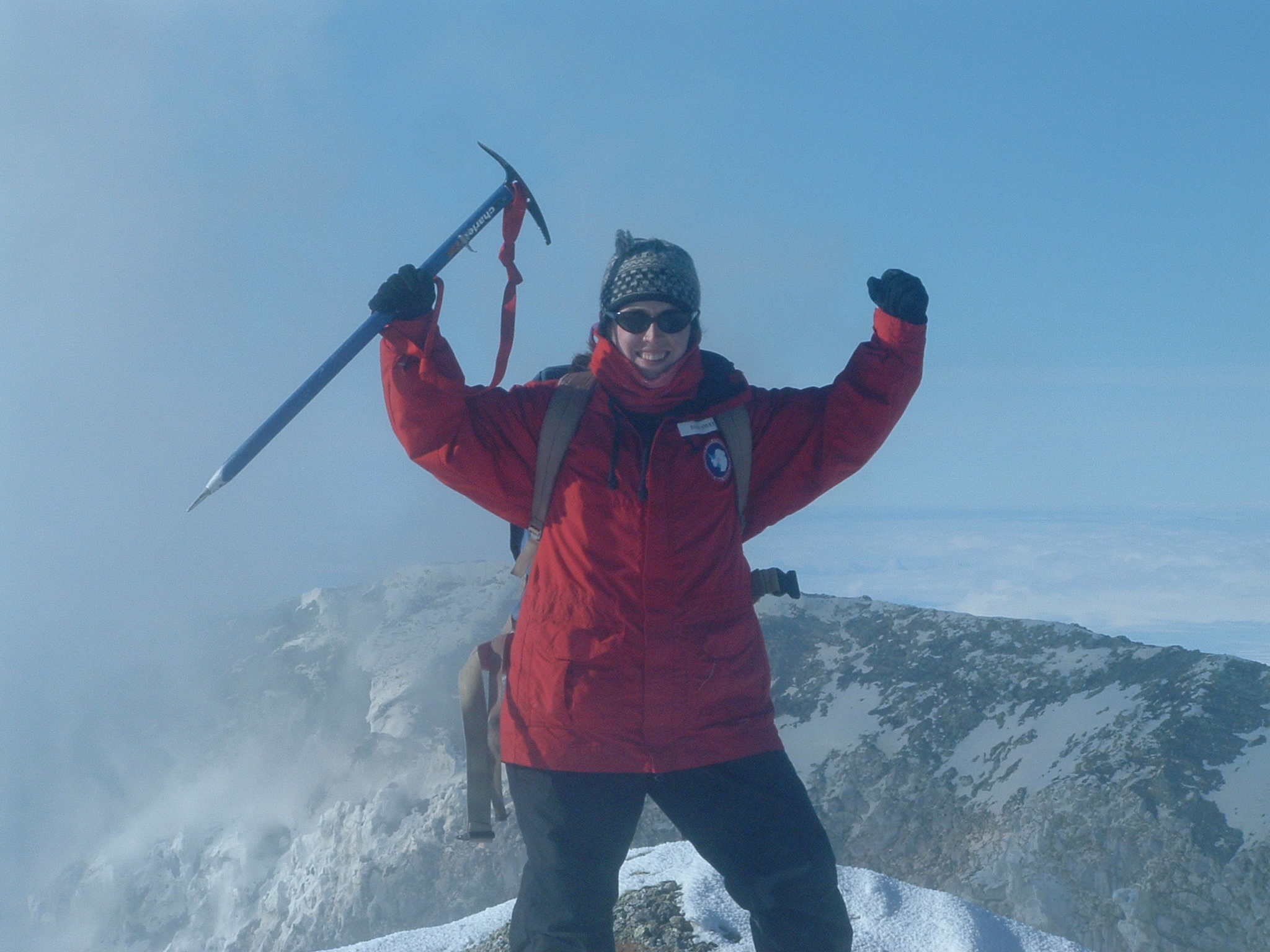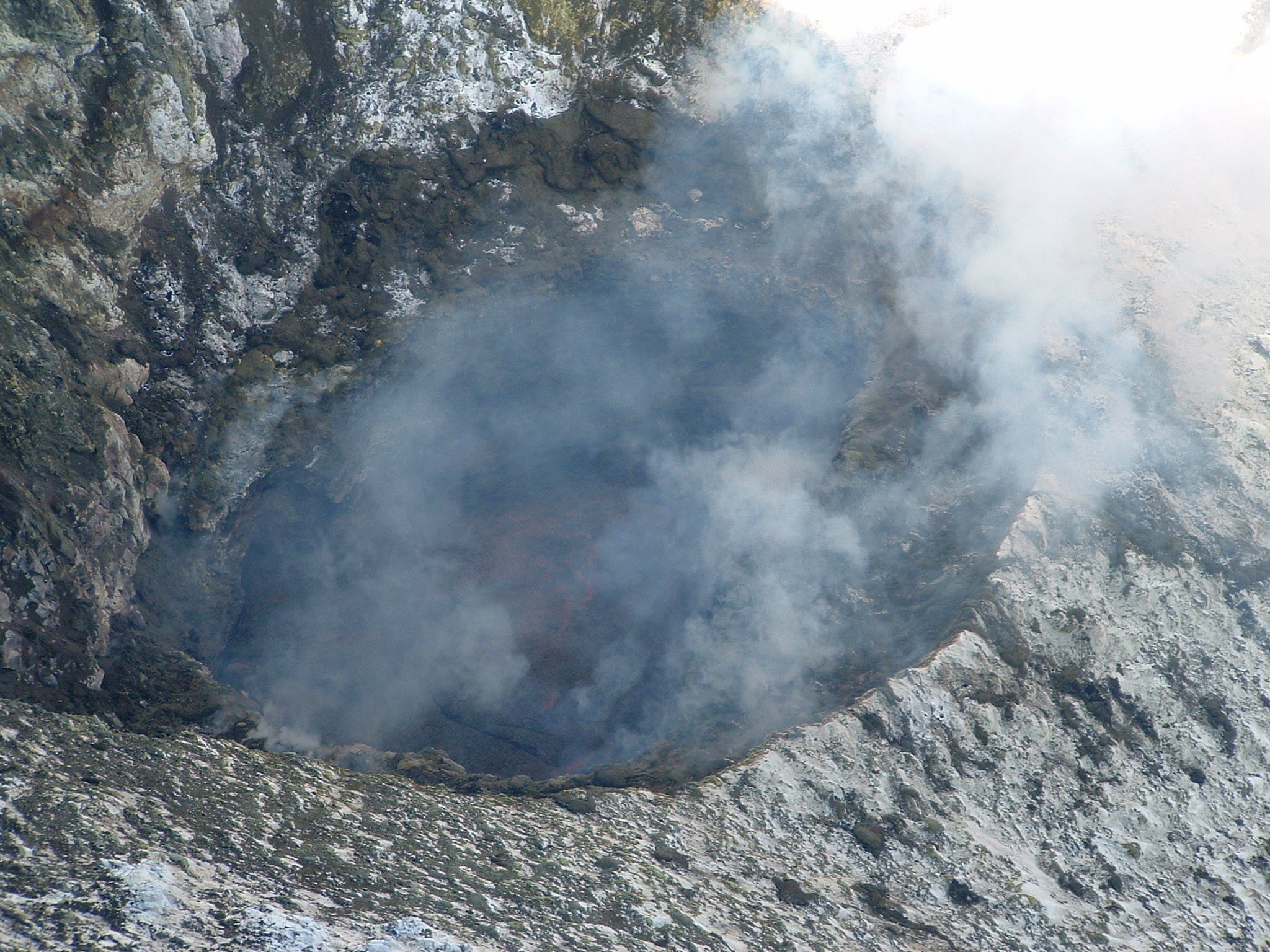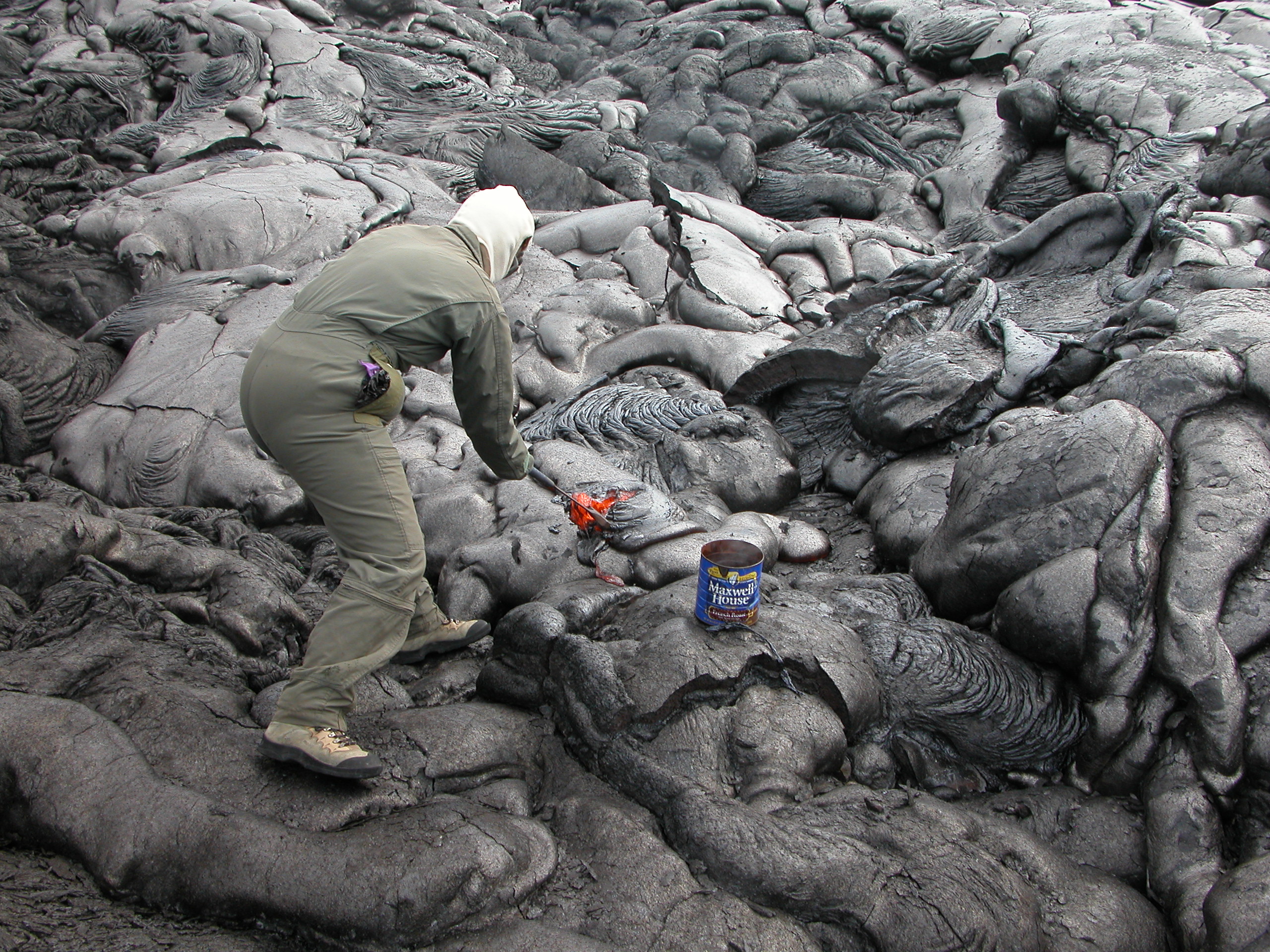
Welcome to the final part of our double-story feature for the 2016 Earth Science Week. Today, Dr Dawn Ruth, a Research Fellow in Assistant Professor Fidel Costa’s Volcano Group at the Earth Observatory of Singapore, shares her most memorable encounters from working in the field.

Hi, folks! My name is Dawn Sweeney Ruth and I am from the United States. I moved to Singapore just over two years ago to work on open-vent volcanoes in the Philippines. These types of volcanoes are found all over the world, and their frequent eruptions can pose significant hazards to nearby populations. Specifically, I am collaborating with our colleagues at the Philippine Institute of Volcanology and Seismology to work on Mayon volcano. In honor of Earth Science Week, I’d like to tell you about my encounters with lava – exciting stuff for a volcanologist, to be sure.
For my master’s degree, I studied the degassing behaviour of Mount Erebus, the second highest volcano in Antarctica. It isn’t as well-known as Mount Pinatubo or Mount St. Helens, but Erebus is special because it the southernmost active volcano on Earth.

On top of that, it hosts a persistent lava lake! The lava lake is located within a crater, about 200 metres below the rim. For safety reasons, we were not allowed collect any samples, so we were too far away to feel the heat that must have emanated off the surface. We focused a lot on the crater rim to collect volcanic plume samples (they smell slightly like rotten eggs and the taste is metallic – what a nasty combination). We also had to set up and service the video camera (Cratercam) and other monitoring stations, as well as check the optical spectroscopy measurements.
Every now and then we would snatch a few moments to watch the lava rise up the surface, cool, and then sink back down again. It was mesmerising and wonderful! To learn more about Erebus volcano, check out the Mount Erebus Volcano Observatory website.

My other early encounter with lava was quite different from the first. During the summer of 2005, I volunteered with the United States Geological Survey as a gas geochemist intern at the Hawaii Volcanoes Observatory. I collected and analysed weekly gas measurements from Kilauea volcano. I also learned how to collect gas from fumaroles (openings near volcanoes where gases escape) near the summit crater. These data are an important monitoring tool to help us understand how the magma changes beneath the volcano before an eruption.

Student volunteers are sometimes invited along with the geology team to map the active lava flows and go to Pu’u O’o vent to collect erupted samples. Just before I returned to the US mainland, I was invited along on a helicopter flight to Pu’u O’o vent. The flight left early in the morning and I was excited for this experience. My task was to take pictures of the active lava flows and the ocean entry. I did this with a little trepidation because the helicopter didn’t have doors where the passengers sat. Before taking off, I made sure that I was very securely buckled in! When we landed, we collected samples from a nearby lava flow. Here is the basic procedure:
- Put on face mask and take rock hammer,
- Get as close to the lava flow as you could possibly tolerate,
- Sample lava and quench in water using a tin coffee container, and
- Mind your boots so they don’t melt in the heat!
It was amazingly hot next to the tiny lobe we sampled, but repeated sampling is needed to see how Kilauea was changing with time. Now I work with lava samples after they cool, but I am grateful to have experienced lava in the tropics and the Antarctic.
Please click here for part 1.